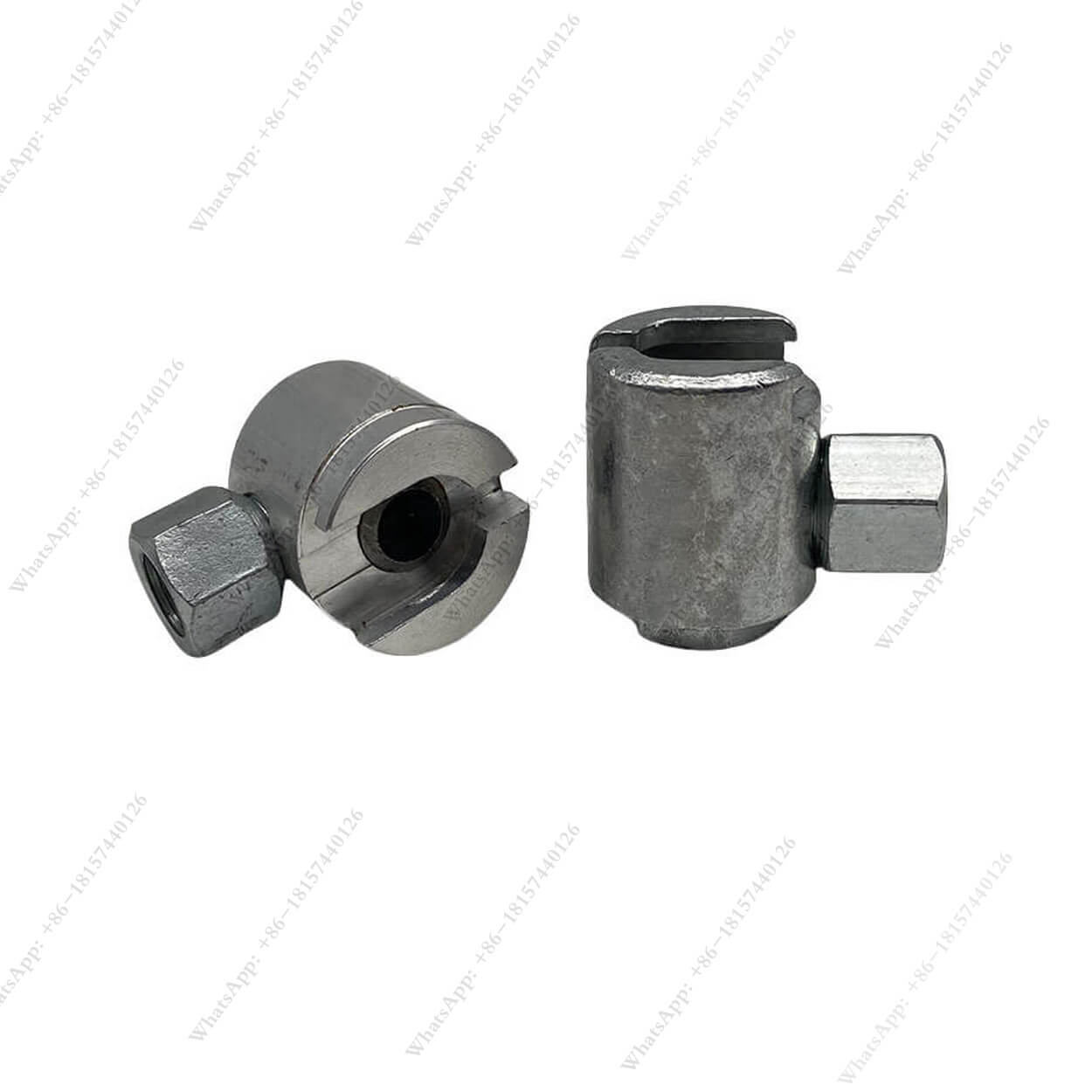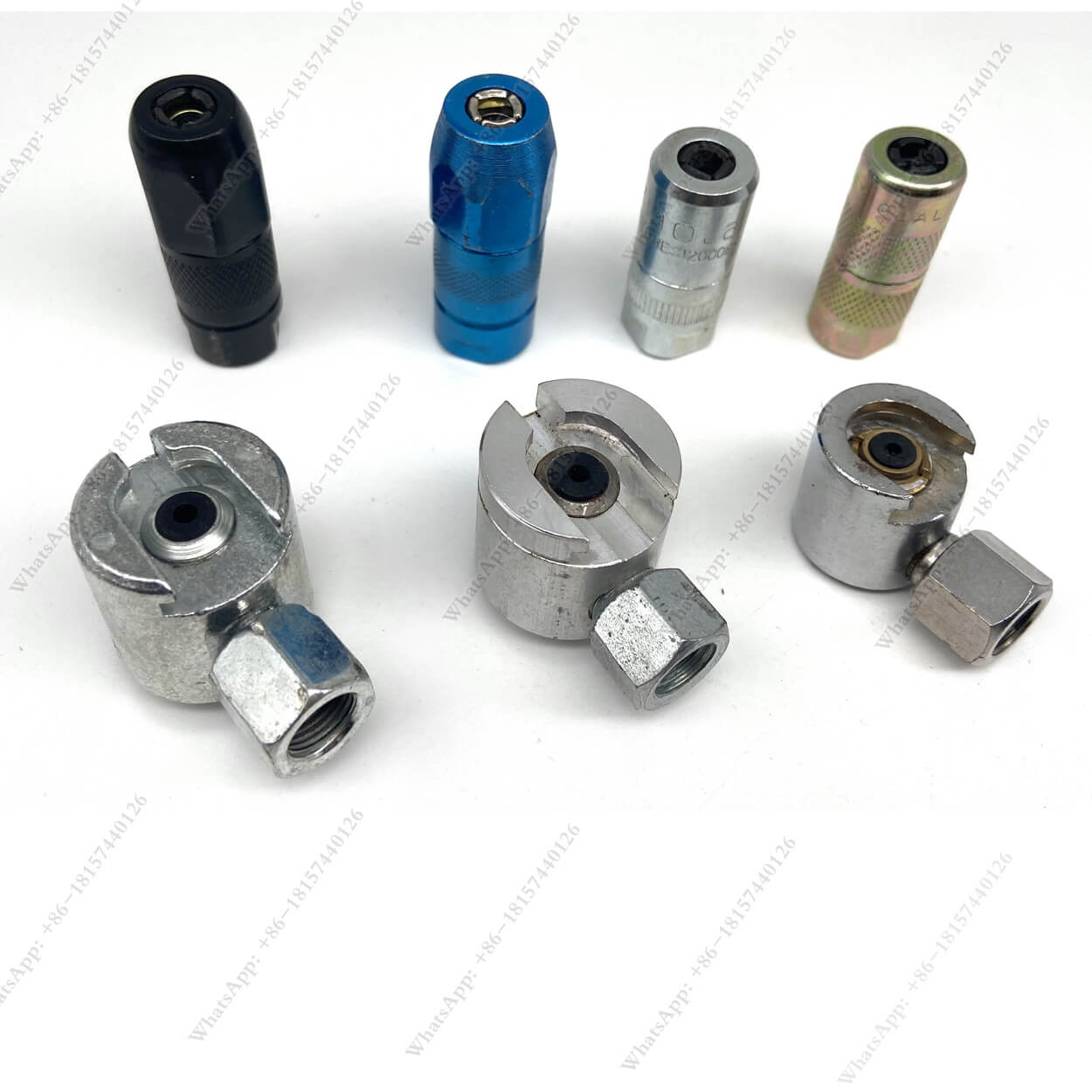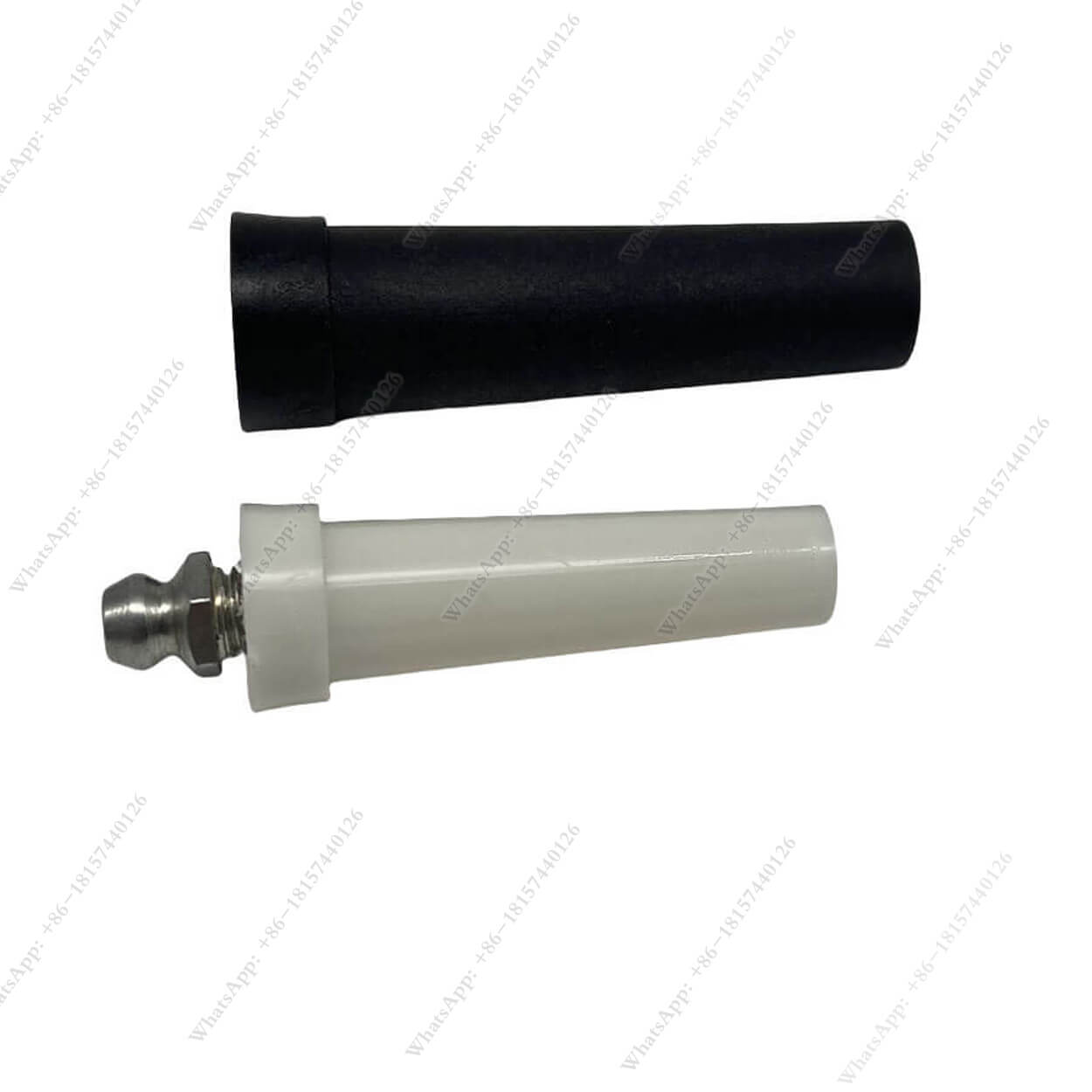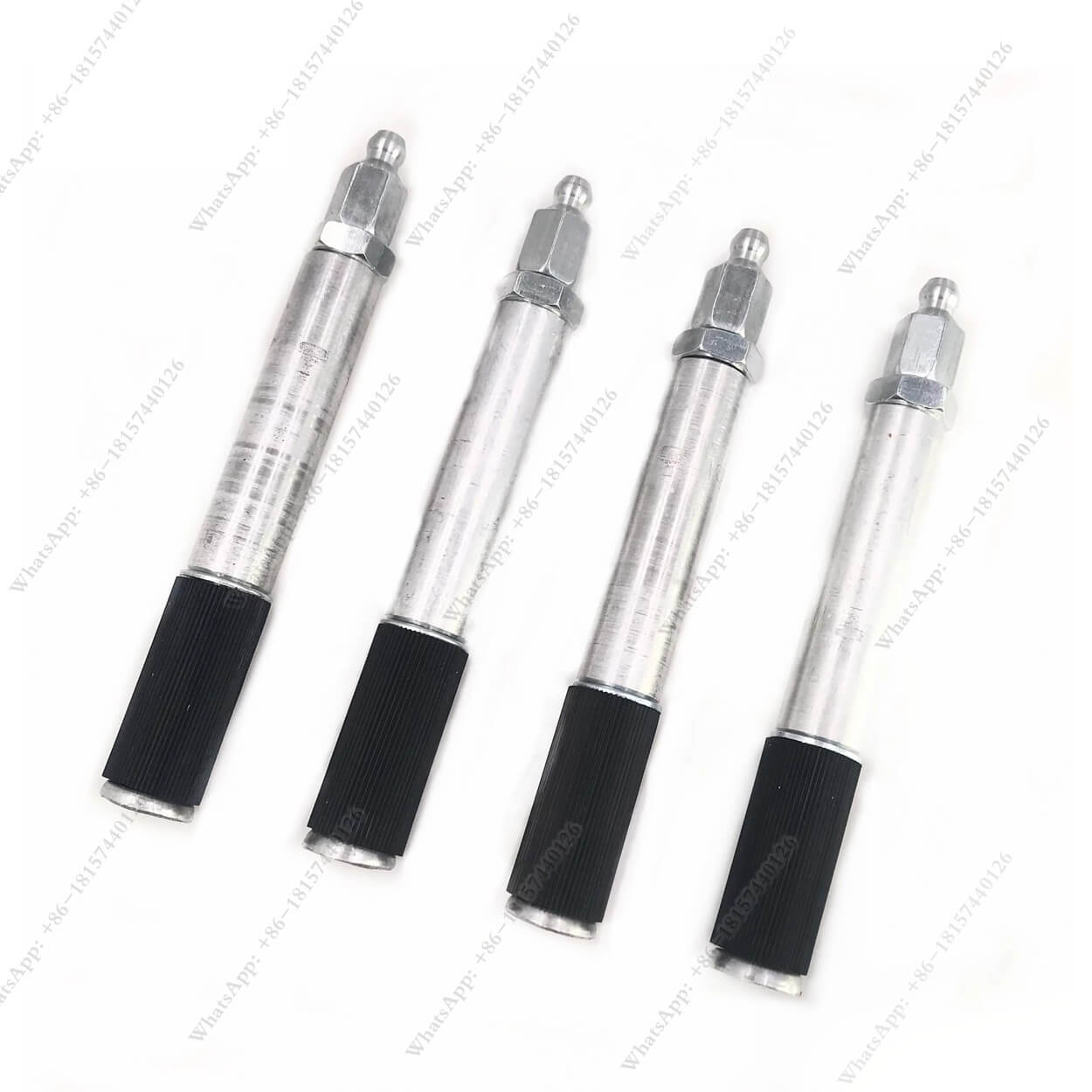A Complete Guide to Chemical Injection Lances for Deep Grouting
Table of Contents
Chemical Injection Lances for Deep Grouting
Unlike standard injection packers, which are suitable for shorter depths (5 cm to 100 cm), injection lances can reach significantly deeper areas, typically starting from 1m to 5 m or more. With their Seamless body and high-pressure durability, chemical injection lances ensure efficiency, strength, and reliability in demanding injection environments. In this article, we will explore the features, specifications, advantages, and applications of chemical injection lances.
What Are Chemical Injection Lances?
Chemical injection lances are extended injection packers designed for deep chemical grouting. Their primary role is to deliver grouting materials, such as polyurethane or acrylic gel, into hard-to-reach underground gaps.
Key Components of an Injection Lance
Separated Tip: Ensures easy insertion into drill holes without breakage.
Seamless Pipe Body: Provides durability and can withstand high-pressure environments.
Button Head Grease Nipple : Connects the lance securely, allowing smooth material flow.
The lance’s high mechanical performance and corrosion resistance make it ideal for both low-pressure and high-pressure chemical grouting projects.
Specifications of Chemical Injection Lances
The primary material used for injection lances is hardened alloys, known for its strength, toughness, and excellent mechanical properties. Below is the detailed composition of the steel used in the lance body:
| Property | Specification |
| Yield Strength | ≥ 355 MPa |
| Tensile Strength | 470 – 630 MPa |
| Chemical Composition | |
| Carbon (C) | ≤ 0.20% |
| Manganese (Mn) | ≤ 1.60% |
| Silicon (Si) | ≤ 0.55% |
| Phosphorus (P) | ≤ 0.035% |
| Sulfur (S) | ≤ 0.035% |
| Key Features | |
| High Strength | Excellent tensile and yield strength |
| Weldability | Good weld ability without preheating |
| Machinability | Easily machinable |
| Applications | |
| Structural Components | Bridges, buildings, steel frames |
| Mechanical Manufacturing | Heavy machinery, hydraulic cylinders |
| Pipes and Profiles | Seamless pipes, square tubes |
| Automotive and Shipbuilding | Vehicle frames, ship structures |
Grease Head Options
Injection lances come with a variety of grease heads for better compatibility and performance. Available specifications include: M13*1.0, G 1/4’’ M18*1.5
The grease head options ensure flexible connections and smooth flow of grouting materials.
Features and Advantages of Chemical Injection Lances
Chemical injection lances are designed for superior performance in deep grouting projects. Their unique features and benefits include:
Easy Insertion: The separated tip allows effortless penetration into drill holes, reducing manpower and preventing breakage.
Variable Lengths: Available in various lengths and diameters, injection lances can penetrate deep soils, concrete cracks, or cavities as needed. Male and female joint connections enable the lances to reach longer and deeper depths, making them ideal for extended grouting needs.
Optimized Flow: The lance connection head includes a large ball design that promotes efficient flow of chemical grouting materials.
Corrosion Resistance: The inclusion of chromium elements in the pipe body enhances corrosion resistance, ensuring the lance can inject various materials, including: Hydrophobic polyurethane, Hydrophilic PU, Acrylic gel etc.
With these features, injection lances deliver reliability and efficiency across a range of demanding applications.
Chemical Injection Lance Sizes and Supplying Range
Injection lances are available in multiple sizes to meet the needs of different grouting depths and pressures. Below are the commonly supplied sizes:
| Size | Length | Diameter |
| 13*500mm | 0.5 meter | 13mm |
| 13*1000mm | 1 meters | 13mm |
| 18*500mm | 0.5 meter | 18mm |
| 18*1000mm | 1 meter | 18mm |
| 21.3*500mm | 0.5meters | 21.3mm |
| 21.3*1000mm | 1 meter | 21.3mm |
Additionally, with a coupling (connector) , injection lances can extend up to 5 meters or more depth for deeper grouting projects.
Applications of Chemical Injection Lances
Chemical injection lances are primarily used for soil stabilization and underground structure reinforcement. The high-pressure ram impact of the lance allows chemical grouting materials to penetrate small gaps and stabilize the soil effectively. Key applications include:
Soil stabilization for construction foundations
Sealing underground cracks
Strengthening tunnels, bridges, and underground structures
Deep ground injection to control water seepage
The durability and versatility of chemical injection lances make them essential for large-scale and demanding construction projects.
Conclusion
Chemical injection lances are a powerful and reliable solution for deep grouting applications. With their seamless body, high-pressure resistance, and optimized flow design, they offer unparalleled performance for underground stabilization and chemical injection projects. Available in a variety of sizes and specifications, chemical injection lances meet the needs of diverse grouting environments, ensuring long-lasting stability and efficiency. For any project requiring deep chemical grouting, chemical injection lances are the ideal choice for achieving outstanding results.
Comments

Unveiling the Power of Heavy-Duty Electric Grout Pumps: Your Ultimate Guide
Have you ever wondered how large structures stay solid and intact? Grouting plays a key role!
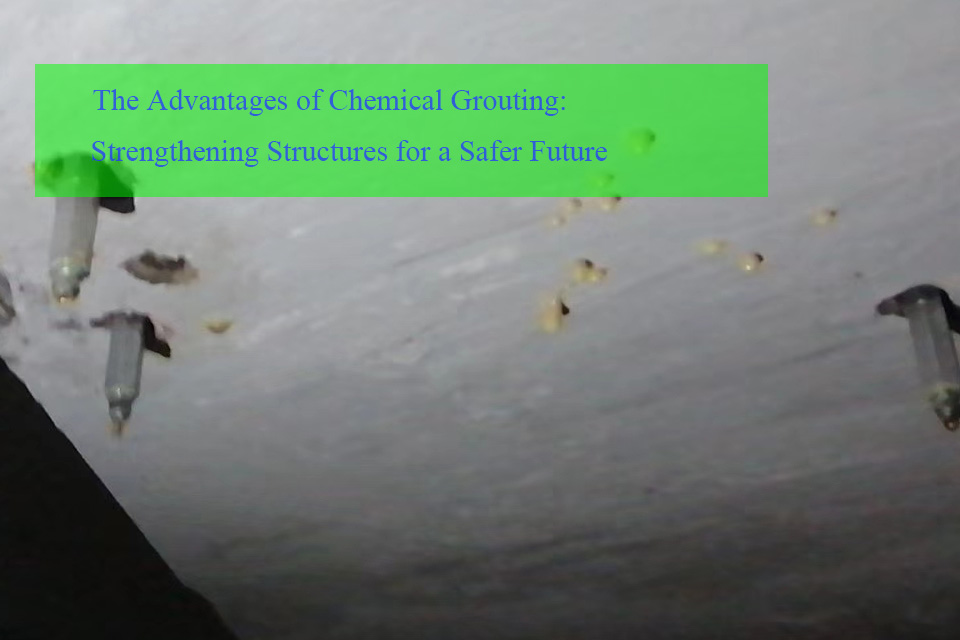
The Advantages of Chemical Grouting: Strengthening Structures for a Safer Future
Chemical grouting is a powerful and versatile solution for strengthening soil, sealing leaks, and stabilizing foundations in challenging construction environments.
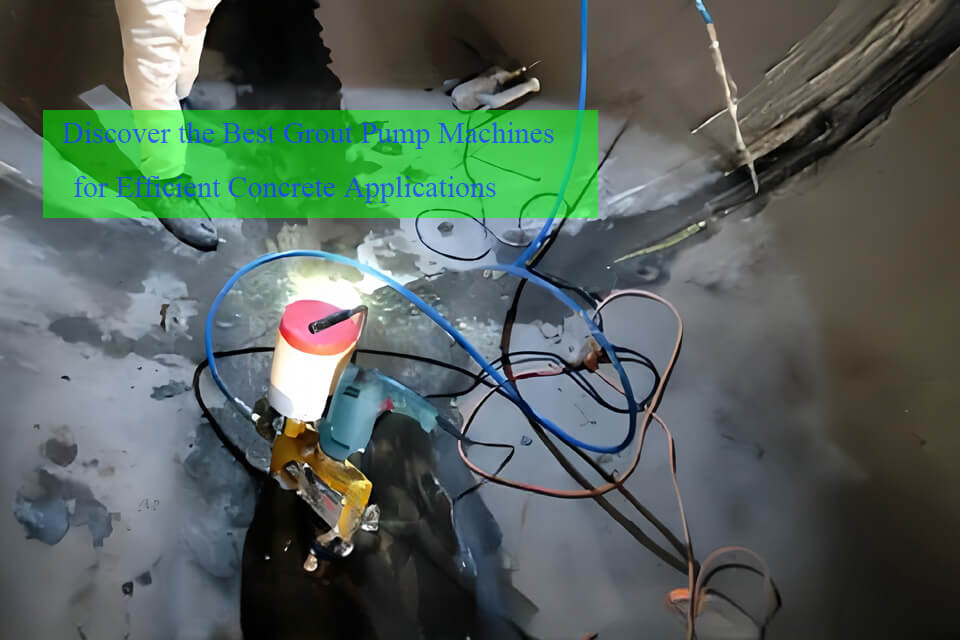
Discover the Best Grout Pump Machines for Efficient Concrete Applications
Grout pump machines are essential tools in construction, helping workers fill gaps and strengthen structures.

Unlocking the Secrets of Soil Stabilization: A Comprehensive Guide
Soil stabilization is a crucial process in construction and civil engineering that can make or break a project’s success.
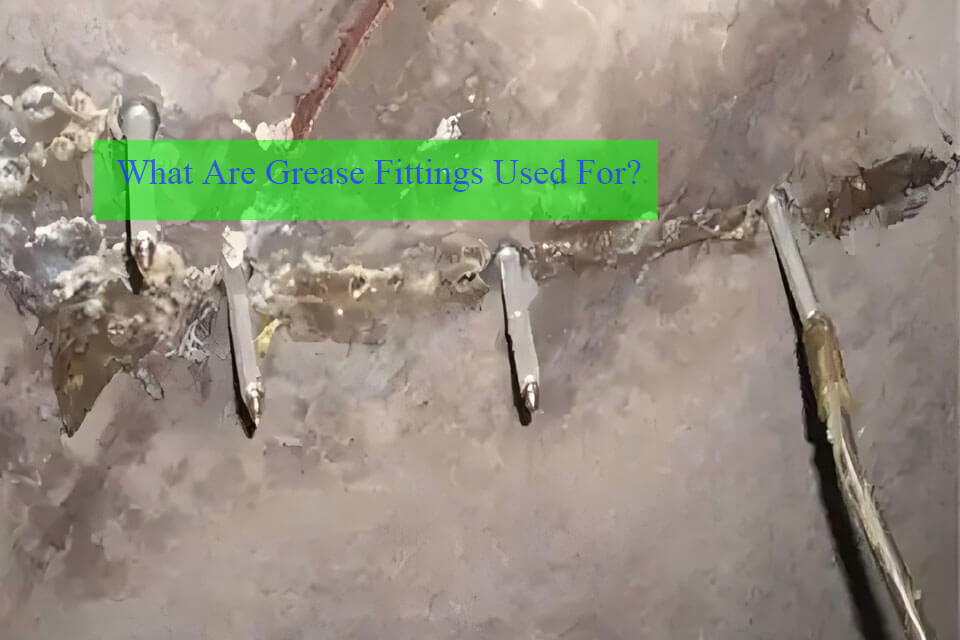
What Are Grease Fittings Used For?
Grease fittings, also known as zerk fittings, are small but critical components in the world of machinery maintenance and waterproof industry.
- [email protected]
- +86 18157440126
- Mon-Sun 8:00-21:00
Tags
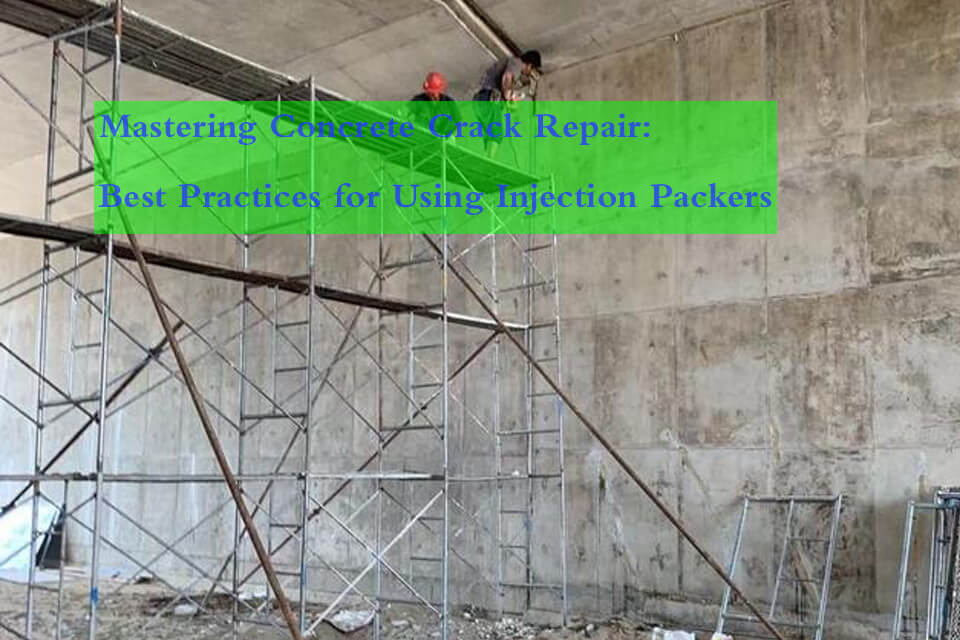
Mastering Concrete Crack Repair: Best Practices for Using Injection Packers
Concrete crack repair is a critical aspect of maintaining the structural integrity and longevity of buildings and infrastructure.
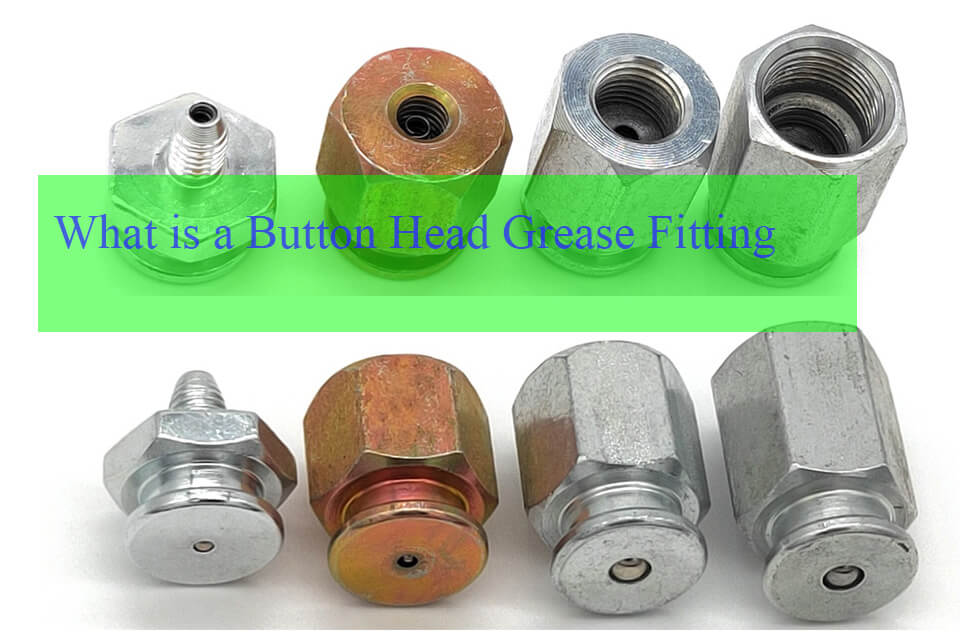
Button Head Grease Fittings: Essential for Construction, Heavy-Duty, and Waterproof Industry Applications
In the world of heavy machinery maintenance, ensuring smooth operation and longevity is essential. One key component that helps achieve this is the button head grease fittings,

The Advantages of Chemical Grouting: Strengthening Structures for a Safer Future
Chemical grouting is a powerful and versatile solution for strengthening soil, sealing leaks, and stabilizing foundations in challenging construction environments.



